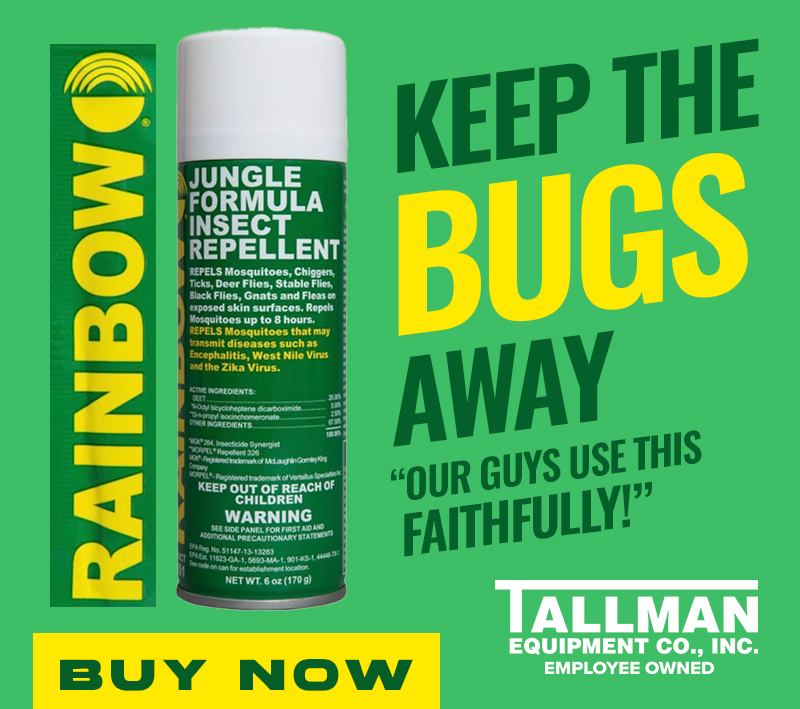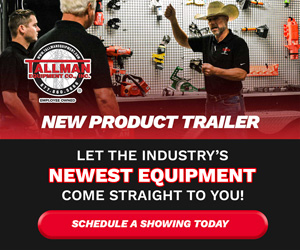Many workers in the utilities space bravely put their personal safety at risk every day on the job. Facing potential hazards such as arc flashes, flash fires and unpredictable elements of nature, these workers’ personal protective equipment – particularly their garments – is their last line of defense. However, proper apparel use can sometimes be overlooked or deprioritized, putting workers at greater risk of injury.
Whether you’re responsible for a few employees or 1,000, getting your team properly trained in the appropriate use of flame-resistant and arc-rated (FR/AR) apparel helps to ensure that they will return home safely at the end of every shift. In the remainder of this article, we’ll explore five topics to integrate into your team’s apparel training so that your workforce is knowledgeable and prepared.
1. Workplace Hazard Assessments
It is critical to assess job-site hazards and their potential severity to determine what kind of garments are needed. Among the many common hazards facing utility workers are thermal hazards, chemical exposures and outdoor environmental hazards.
Thermal Hazards
Arc flashes typically occur in environments where energized electrical equipment is present and there is both a gap between conductors and a breakdown in the insulation. Workers who are responsible for opening electrical enclosures or working on live equipment are at risk of experiencing an arc flash. Gas service utility workers may be exposed to flash-fire risks during certain tasks. A risk assessment for thermal hazards for the tasks to be performed should be completed by qualified safety personnel.
Chemical Exposures
Chemicals such as insulating oils may be on-site and pose potential hazards. Workers who are responsible for handling such chemicals are at risk for exposure to leaks and spills. If a risk of intermittent chemical exposure exists, use of coated FR disposable coveralls worn over proper FR/AR clothing may be appropriate. If FR/AR garments become heavily soiled with flammable contaminants, they must be replaced with clean garments and laundered properly to remove contaminants.
Outdoor Environmental Hazards
Poor visibility conditions due to time of day or weather may require workers to don high-visibility FR/AR apparel. To determine the proper apparel for the conditions, heat and cold stress hazards must be assessed. In addition, be sure to confirm that the proper insect repellent best practices are being used by your team. Some repellents are flammable and should not be applied to FR/AR clothing.
2. Understand the Standards
From NFPA to ANSI, the world of standards can begin to look like alphabet soup. Consider supplying trainees with a glossary of terms and breaking down the specific garment-related standards and regulations designed to protect them from work-related hazards. Doing so will help to make it easier for trainees to learn about and truly understand the standards that apply to them and their FR/AR garments.






0 Comments